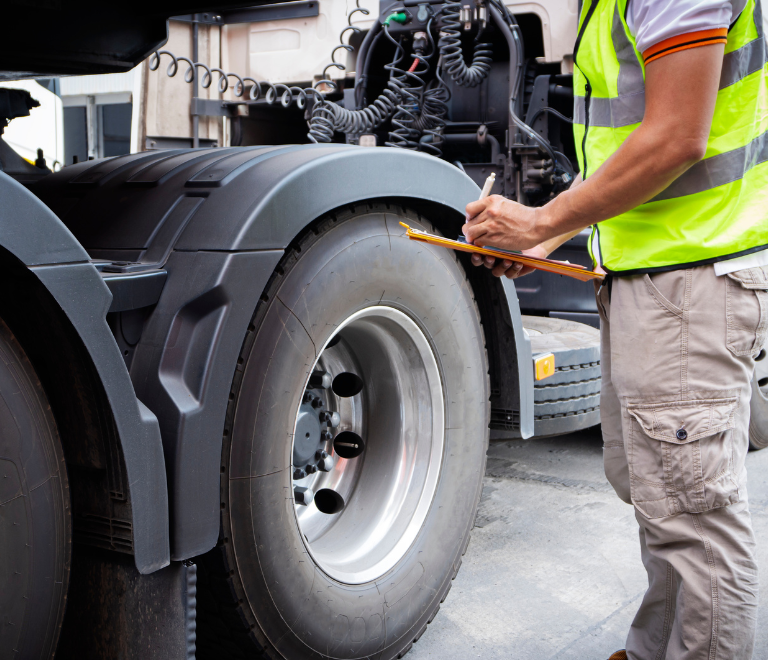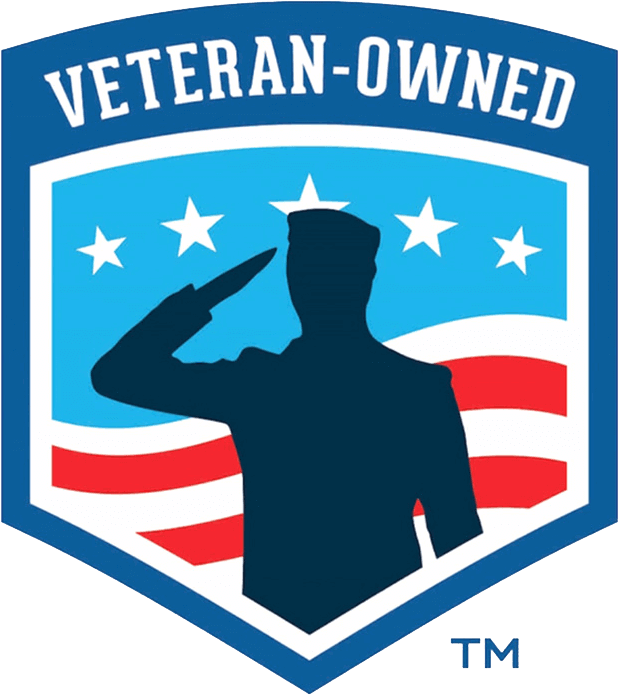Knowing what to expect in roadside inspection helps you as a trucker to be prepared and pass this inspection. In giving brief info about roadside inspection, the inspectors have no intention of providing a truck driver with a more challenging day, but they will keep the truckers safe on their everyday route.
This post will give you information enabling you to understand “what is a roadside inspection” and “what to expect during an inspection.” This will provide the most helpful way to help truckers throughout the inspection without delay.
What Is A Roadside Inspection?
The roadside inspection is the authorized inspection of all drivers, according to FMCSA. This inspection aims to keep all drivers safe when driving on the road.
What To Expect During An Inspection?
It is essential to comprehend what to expect during an inspection since these roadside inspections vary in intensity and range. Still, they all serve the same objective: to ensure the vehicle complies with FMCSA regulations and is safe to drive.
Below are some points you may expect and how you can prepare for roadside inspection:
1. Prepare All The Requirements Needed
The inspector will provide an introduction and clarification of the inspection’s purpose before it starts. The inspector may request to see the following needs:
- Valid Driver’s License
- Documentation of Insurance and Vehicle Maintenance
- Vehicle Registration For Commercial Vehicles
- Logbook
Before beginning the inspection, it is essential to ensure that these papers are correctly organized and easily accessible. Documents that are not organized may result in additional scrutiny and delays.
2. Vehicle And Equipment Inspection
Your vehicle and equipment will be inspected. These are some:
- Wheels and Tires
- Window Wipers
- Installation of fuel, cargo, brake, lighting, and reflectors.
- Steering Mechanism
- Horns and coupling devices
- Exhaust
- Rearview Mirrors
The inspector will check damage, wear, and fatigue. They may use a tire gauge or brake drum micrometer to measure your equipment and ensure federal compliance.

3. The Level III Inspection
The inspector may perform an inspection known as a Level III or driver-only inspection under certain circumstances. To undergo this inspection, you must provide all relevant driving record documentation, such as hours of service records, medical certifications, and any endorsements for hazardous materials.
The inspector will also examine your logbook to verify that you adhere to federal driving hours and rest periods guidelines. You might face fines, penalties, or even license suspension if the inspector finds any infractions.
4. The Out-Of-Service (OOS) Violation
Inspecting for severe safety violations may result in an OOS violation. The issue must be resolved before your vehicle can drive. The following are OOS violations:
- Tire Issues
- Leaking Fuel
- Weak Cargo Security
- Inoperable lights
- Brake Failure
- Coupler Defects
You must repair or tow your vehicle after an OOS violation before driving again.
5. After Inspection
The inspector will document infractions and their severity after the inspection. You’ll receive a report to discuss with your safety director or maintenance manager. A truck driver must know that roadside inspections are routine. They’re stressful and time-consuming, but they protect you, your passengers, and other drivers.
Take Note
Road safety depends on roadside inspections. They detect safety hazards and ensure commercial vehicles comply with federal regulations.
Finally, we’re done tackling what is a roadside inspection and what to expect and prepare during an inspection. Drive prepared, know what to expect during an inspection, and remain safe on the roadway and avoid damage.



